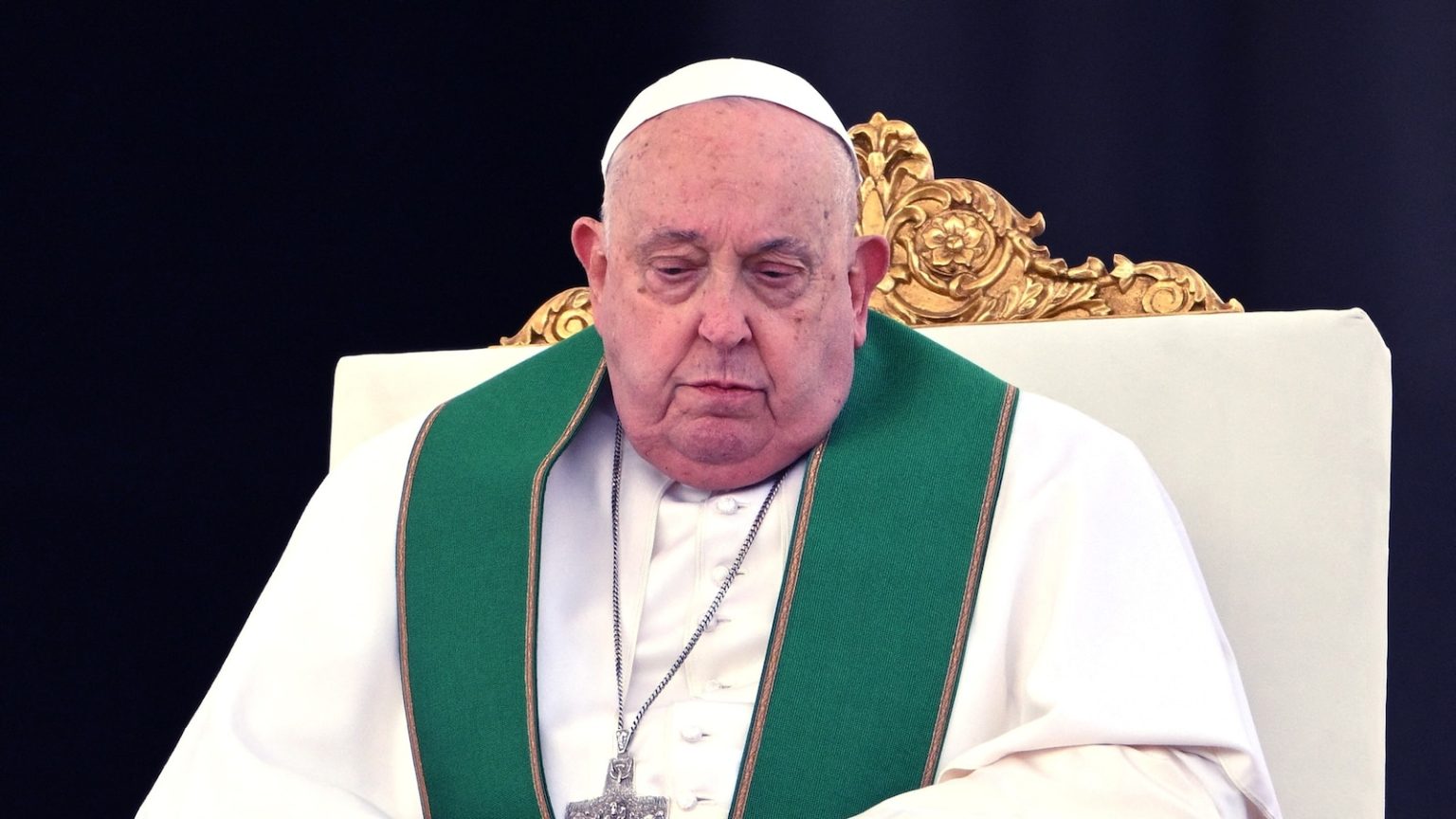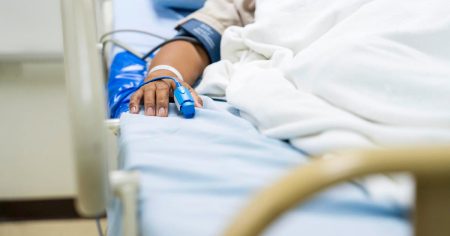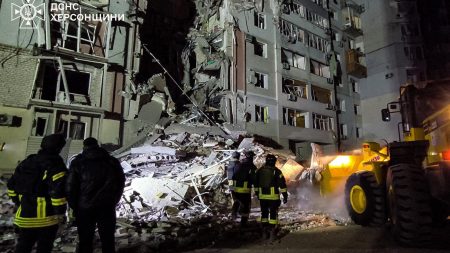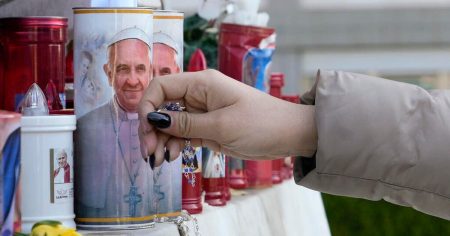Pope Francis Faces Health Challenges: A Detailed Update
Pope Francis is currently facing a series of health challenges that have brought global attention to his well-being. The Vatican has provided detailed updates on his condition, which has sparked concern among Catholics and non-Catholics alike. The pope’s health issues began earlier this week, leading to his hospitalization and a series of medical interventions. This article will provide a comprehensive overview of the pope’s current health status, the medical procedures he has undergone, and the implications of his condition on both his personal well-being and his public responsibilities.
The Respiratory Crisis and Medical Intervention
On Saturday morning, Pope Francis experienced a prolonged asthmatic respiratory crisis, which required immediate medical attention. According to the Vatican, the pope struggled to maintain sufficient oxygen levels while breathing on his own, prompting doctors to supply him with oxygen. This development is particularly concerning given the pope’s history of respiratory issues, which have been a recurring challenge throughout his papacy. The Vatican’s statement emphasized that the pope’s condition remains critical, highlighting the severity of his current health struggles.
In addition to the respiratory crisis, the pope’s blood tests revealed plateletopenia, a condition characterized by low platelet count in the blood. Platelets are essential for blood clotting, and their deficiency can lead to various complications, including increased bleeding risk. The Vatican noted that this condition is associated with anemia, which is marked by low red blood cell count or hemoglobin levels, leading to fatigue and weakness. To address these issues, the pope received hemotransfusions, a procedure involving the transfusion of blood components to replenish his platelet count and improve his blood’s oxygen-carrying capacity.
The Broader Health Concerns
Pope Francis’s current health challenges are not isolated incidents but rather part of a series of health issues he has faced in recent weeks. The pope was hospitalized on February 14 after experiencing bronchitis, a respiratory infection that inflames the bronchial tubes. His condition took a turn for the worse earlier this week when he was diagnosed with pneumonia, a more severe respiratory infection that inflames the air sacs in the lungs and can lead to serious complications, especially in older adults or those with preexisting health conditions.
The combination of bronchitis, pneumonia, and the subsequent respiratory crisis underscores the pope’s vulnerability to respiratory infections, particularly given his advanced age. At 88 years old, Pope Francis is at a higher risk for complications from such infections, which can weaken the immune system and strain the body’s resources. The Vatican’s decision to hospitalize the pope reflects the need for close medical monitoring and timely intervention to prevent further deterioration of his health.
The Pope’s Spirit and Public Response
Despite the critical nature of his condition, Pope Francis has demonstrated remarkable resilience and spirit. The Vatican reported that the pope spent the day in an armchair, indicating his determination to remain active and engaged despite his discomfort. However, it was also noted that he experienced more pain compared to the previous day, highlighting the physical toll of his condition.
The pope’s health challenges have sparked an outpouring of support and prayer from around the world. Outside the Gemelli hospital in Rome, where the pope is being treated, people have gathered to pray and show their solidarity with the pontiff. The statue of Pope John Paul II, a beloved predecessor of Pope Francis, has become a focal point for these gatherings, symbolizing the deep affection and respect that many hold for the current pope.
Implications for the Pope’s Public Role
Pope Francis’s health struggles have necessarily impacted his public duties, including his ability to lead Sunday mass. The Vatican announced that the pope would not preside over the upcoming Sunday mass, a decision that reflects the need for him to focus on his recovery. This marks a rare occasion when the pope has had to step back from his liturgical responsibilities, underscoring the gravity of his current health situation.
While the pope’s absence from public events is a significant development, it is important to note that he remains the spiritual leader of the Catholic Church. The Vatican has emphasized that the pope continues to be alert and engaged, even as he undergoes treatment. This resilience is a testament to his dedication to his faith and his flock, even in the face of physical challenges.
Conclusion: Prayers and Hope for Recovery
As Pope Francis continues to battle his health challenges, the global community remains united in prayer and hope for his recovery. The Vatican’s updates have provided a window into the pope’s condition, highlighting the complexity of his medical situation and the efforts being made to ensure his well-being. While the road to recovery may be long and arduous, the pope’s spirit and the support of millions around the world offer a beacon of hope during this difficult time. As the world watches, it is evident that Pope Francis’s health is not just a personal concern but a matter of global significance, reflecting the deep impact he has had on the lives of countless individuals.















